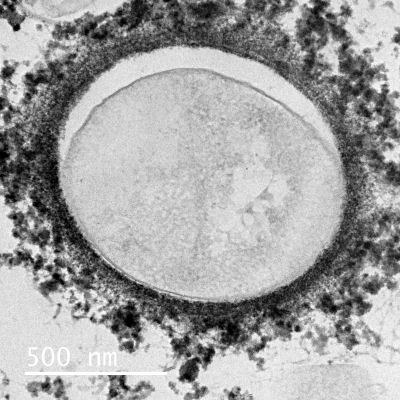|
Strona archiwalna!
Ta strona zawiera treści archiwalne, które nie były zmieniane po 23 września 2019 r. Jeśli chcesz wiedzieć więcej zapoznaj się z deklaracją dostępności
|
||||||
archiwum
 2006 2006
 2008 2008
 2010 2010
 2012 2012
 2014 2014 |
||||||

| ||||||
 |
 |
|||||

|
||||||
| strona główna założenia regulamin kalendarium wskazówki pobierz jury rejestracja zgłoszone projekty galeria gallery | archiwum kontakt | |||||
Description popularizing the research project Nitrogen is everywhere. It is predominant in the atmosphere and, although it is not involved in breathing, it flows undetected through the respiratory system of terrestrial animals. It does not enter blood through lungs, like oxygen, and still it is present in every single cell of living bodies, among other elements building the most important molecules : proteins and nucleic acids. In spite of the fact the molecules can be produced in cells of plants and animals , none of them is capable of using atmospheric nitrogen. There is only one way, equally genius and mysterious, to harness the inert nitrogen in cells of living creatures: transform it into reactive ionic form. Abstract Biological anaerobic ammonium oxidation (Anammox) is a process of converting nitrite and ammonium into dinitrogen gas. The process is catalysed by Anammox bacteria. Since their discovery nearly 20 years ago, they have been applied in this cost-effective and sustainable process of ammonium removal in many wastewater treatment plants worldwide. Despite the fact that Anammox bacteria are an important part of the nitrogen cycle in nature, they are at the same time 'a microbial clue' for scientists. They are uncultivable in the laboratory. Thus it is necessary to use molecular tools to research them. This sort of research is new in Poland. At the Silesian University of Technology we have had threee projects in the field of Anammox technology, but it is the first one in the field of Anammox bacteria characteristics. The aim of the project is to use molecular methods: PCR-DGGE (polymerase chain reaction-denaturing gradi-ent gel electrophoresis), RT-PCR-DGGE (reverse transcription linked with PC R-DGGE) and FISH (fluorescent in-situ hybridization) to obtain an overview of ecological relationships of nitrogen removal bacteria in activated sludge, underlining the role of characteristics of Anam-mox bacteria. In the previous research it was stated that nitrifies, denitrifiers and Anammox bacteria cooperate in technological systems and the first two groups protect the latter one against unfavourable environmental conditions. We also want to characterize Anammox bacte-ria physiologically by estimating their real generation time, Anammox reaction kinetics as well as the influence of pH and temperature on the dominant bacteria and the qualitative and quan-titative community structure. Electron microscopy (TEM) let us present the inside of Anammox bacteria cells which is interesting due to the membrane organellum called anammoxosome in which the enzymes for Anammox process are presented.
|


|
|||||












